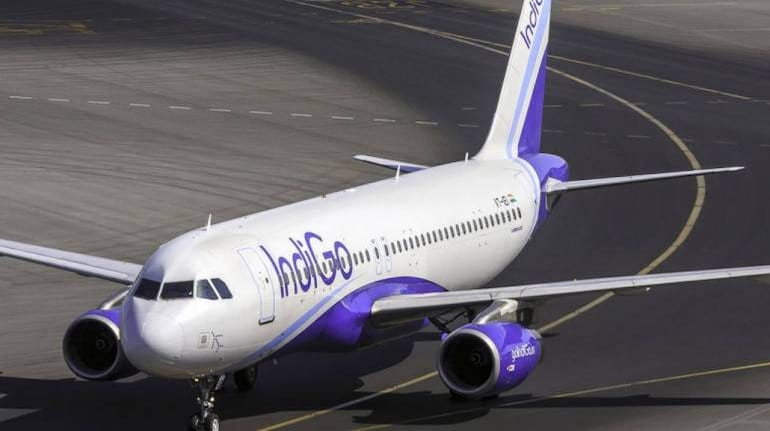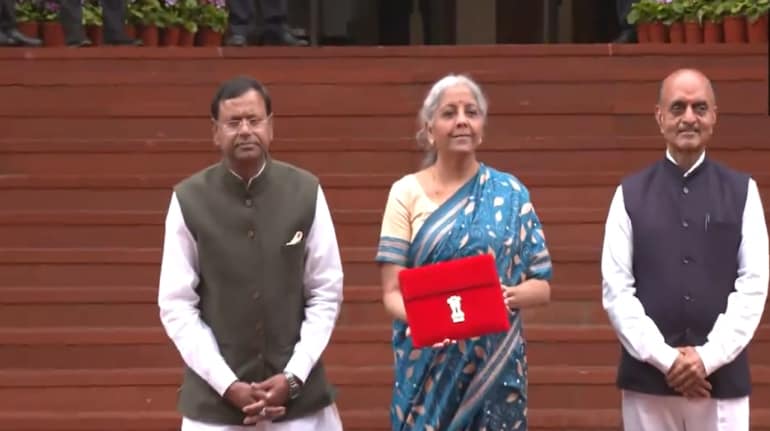
IndiGo, India’s biggest airline by fleet strength and domestic market share, reported its highest quarterly loss on July 27. At Rs 3,174 crore, the loss was equivalent to about 55 percent of the Rs 5,806 crore loss declared in the entire previous financial year. The airline faces a steep uphill climb and unless there is a miracle, appears set to end this financial year, too, in the red.
InterGlobe Aviation, the company that operates IndiGo, typically shares some good news while breaking bad news. But not this time.
Before the airline’s results for FY21 were declared, the company said it had signed up with CFM International for additional jet engines. In late January, the announcement of the results of the third quarter of FY21 was preceded by news of a major expansion to seven new destinations. In the preceding quarter, the company said it was shifting focus to cargo operations.
This pattern of delivering good and bad news wasn’t a pandemic phenomenon. In the second quarter of FY20, the airline reported its then biggest quarterly loss just after Jet Airways was suspended. This was followed by the airline signing up for 300 additional aircraft with Airbus.
Even the stock’s performance post-results was different. While InterGlobe’s share price in the past used to fly level or gain after the results were announced, this time around, it lost altitude. However, this was more or less in line with the drop in the BSE S&P Sensex and not a free fall.
Sombre mood
While it may not be appropriate to compare earnings between the latest quarter and a year earlier, the loss in Q1 of FY20 was narrower – Rs 2,844 crore – primarily due to lower fuel prices. Last year, the first quarter (April-June) was washed out due to the nationwide lockdown, which led to a complete halt of flights for 44 days, which was not the case this time. This raises an interesting point – the airline lost less money when it did not fly than when it operated flights.
The mood during the management’s call with analysts was sombre, at best. And rightly so, because the April-June quarter is one of the best, with flights usually full, driven by summer holidays and leisure travel.
Also Read: IndiGo Q1 results: Losses widen to Rs 3,174.2 crore in Q1, second Covid-19 wave weighs heavy
Two consecutive years of first-quarter losses are definitely a setback, not just for IndiGo but for the country’s airline industry. The loss was Rs 33.4 crore a day while revenue from operations was Rs 30 crore daily.
IndiGo had positioned itself as the preferred option for corporate travellers, but this segment has shrunk to 7 percent from 20 percent and there is no clarity on when it will return to pre-COVID-19 levels.
Light at the end of the tunnel?
The airline is still talking of getting to pre-pandemic levels in terms of capacity at the end of the year, even when deploying capacity has led to losses due to current constraints and lack of traffic.
Clearly, the airline is in it for the long run since it has acknowledged that the idea will always be to cover variable costs and then generate cash to cover fixed costs.
IndiGo is expected to return the remainder of its A320ceo aircraft by 2023. This will save costs for the airline, while the induction of A321neos will help it reduce the cost per seat. Its commitment to inducing fuel-efficient aircraft can be judged by the numbers.
IndiGo had a total of 262 leased aircraft at the end of June compared with 270 at the end of March. This included 85 A320ceo aircraft at the end of Q1 compared with 100 A320ceo planes at the end of Q4 of FY21 and 123 a year earlier.
Tail note
CEO Ronojoy Dutta made an interesting statement during the analyst conference call.
“Forecasting is a dangerous game,” he said and then proceeded to say that loads are expected to be back to February levels by December and exceeded soon after. All this, of course, is based on multiple caveats and expectations that a third wave – if any – will not be as deadly as the second one.
Forecasts are always driven by historicity and data. During past economic downturns and fuel price spikes, historical data has helped to provide an understanding of how long they would last. A similar database does not exist for pandemics and while there is consensus that the world is not about to end, there isn’t any unanimity on when the pandemic will end.
Also Read: The reason IndiGo is such a dreaded competitor
Three airlines in India are looking to raise over Rs 10,000 crore. IndiGo planned to raise Rs 3,000 crore, which is a little less than its Q1 loss. For IndiGo, the aim is to protect its cash position, while for the others, the fundraising is more for survival.IndiGo has no good news to buffer Q1 loss this time, takes things in its stride - Moneycontrol.com
Read More

No comments:
Post a Comment